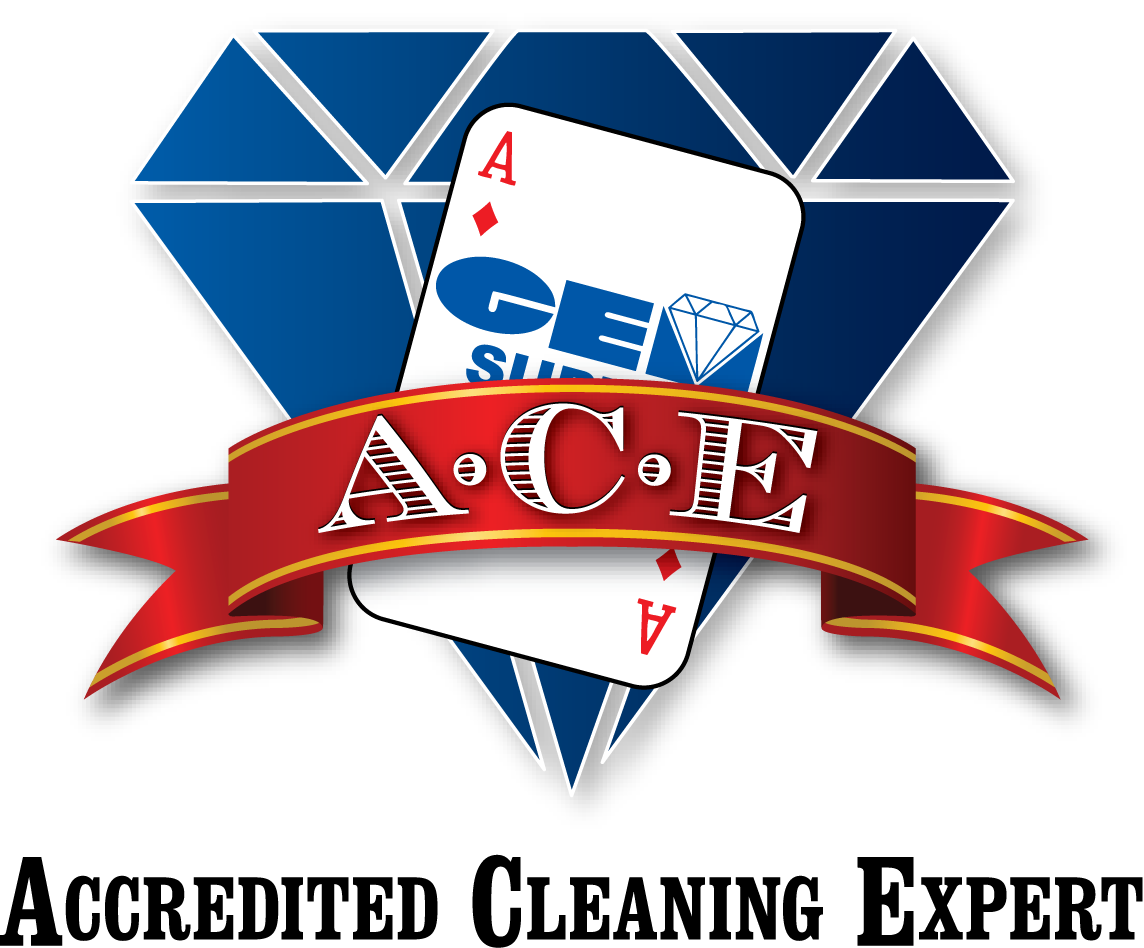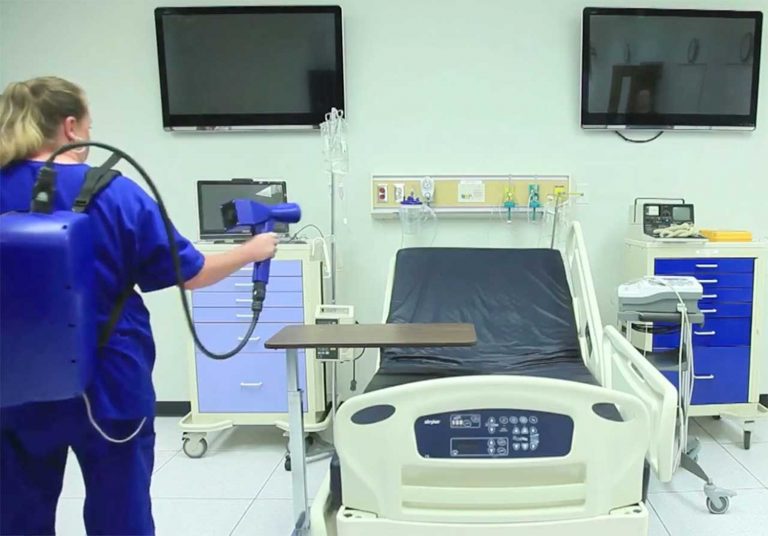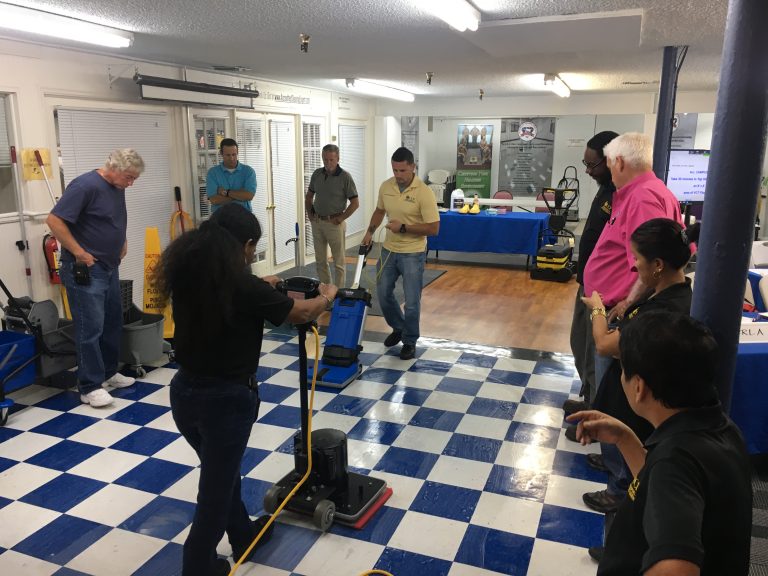Where can an electrostatic unit/program be used?
Electrostatic application systems provide the end user with the ability to solve many of the problems that are present in current methods of disinfection. They reduce the time needed for proper disinfection, provide comprehensive coverage, use less disinfectant, and are easy to operate and maintain. This technology is a partner to the environmental service and…
![]()






